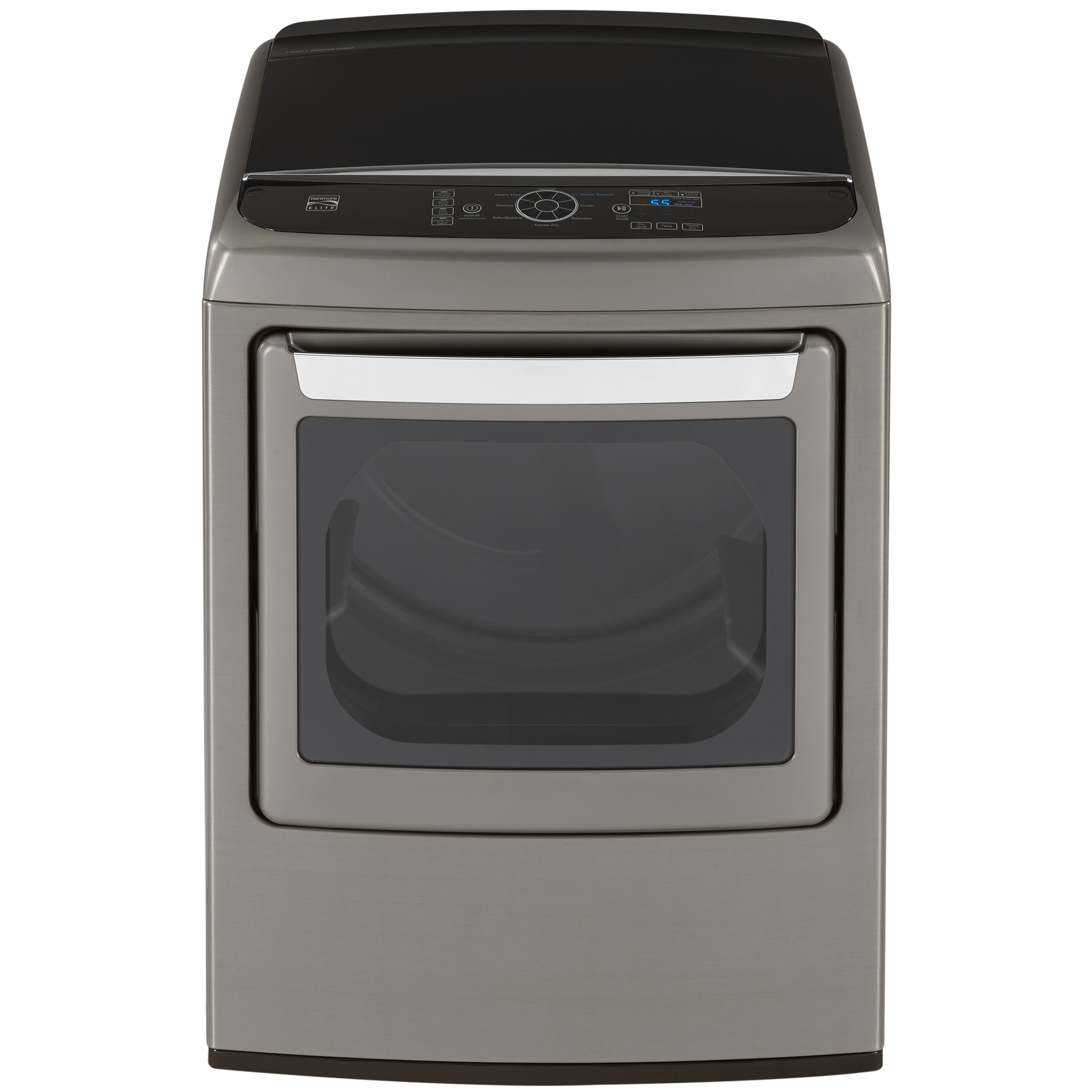Loading ...
Loading ...
Loading ...

VENTING THE DRYER
iMPORTANT! CHECK YOUR EXHAUST SYSTEM FOR PROBLEMS
The most common cause of dryer problems is poor exhaust venting. Before installing your new dryer, check the
items listed below to make sure you get the best possible performance. This can save you time and money by
reducing cycle times and increasing energy e_ciency.
* DIRTY OR DAMAGED EXHAUST DUCTS. Lint builds up in exhaust ducts over time. This decreases the airflow and
makes the dryer work harder. Visually inspect your ducts from both ends and have them c_eaned if they have not
been clecned recently.
*WRONG VENT MATERIAL. Check your vent to make sure it is rigid or semi-rigid metal ducting. If your venting is
pJastic or flexible foil, have it replaced before using the dryer.
"RESTRICTED OR DAMAGED VENT HOOD. Check your vent hood outside, it must be clean and free of lint buildup.
Check the damper and make sure it opens fully and easily.
* EXCESSIVELY LONG VENT. Measure the length of your exhaust system and count the elbows. Use the chart below
to see if your duct is too long. If it is too long, have the duct routed to another location that is within the
venting guidelines.
* DO NOT USE PLASTIC OR FOIL VENTING. The transition duct from your dryer to the wall must be rigid or
semi-rigid metal ducting. If your old transition duct is plastic or foil, REPLACE IT with semi-rigid metal ducfing.
Using the DUCT LENGTH CHART (below)
0 Find your vent hood type in the chart below.
Select the row that matches the number of elbows in your dryer duct run.
Look to the right of the elbow number for the maximum duct length for your installation. Longer duct length will result
in reduced drying performance, longer dry times and increased energy consumption. Extremely long ducts can even
shortenthe life of the dryer.
DO NOT exceed the maximum length for the vent hood type and number of elbows used.
DUCT LENGTH CHART
i Numbei of 90_ J Maximumlength of 4" I102cm
ype .,oto d=i
Recommended
4"
pO,2cm)
Or_y for Short-Run Insta[latlons
(2.s)
(6.35 cm }
0
1
2
3
4
0
2
3
4
65 feet(19.8 m)
55 feet (16.8 m)
47 feet (13.7 m)
36 feet( 11.0 m )
28 feet (8.5 m)
55 feet(l 6.8 m)
47 feet (13.7 m)
41 feet (12.5 m)
30 feet (9.1 m)
22 feet{6.7 m)
,,W
NOTE: Deduct 6 ft. {1.8 m) for each additionaJ elbow. Using more than four 90 ° elbows is not recommended.
14
Loading ...
Loading ...
Loading ...
